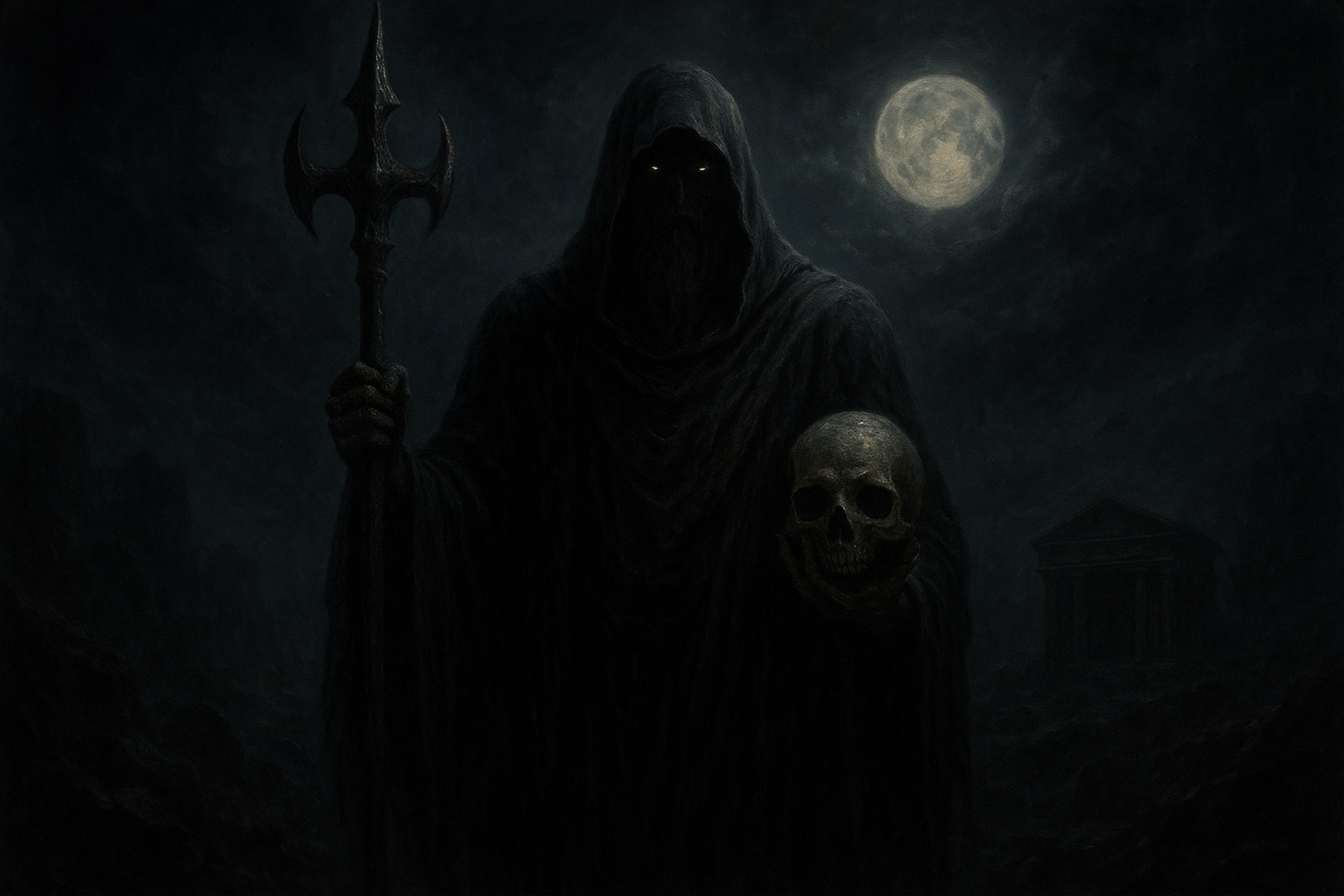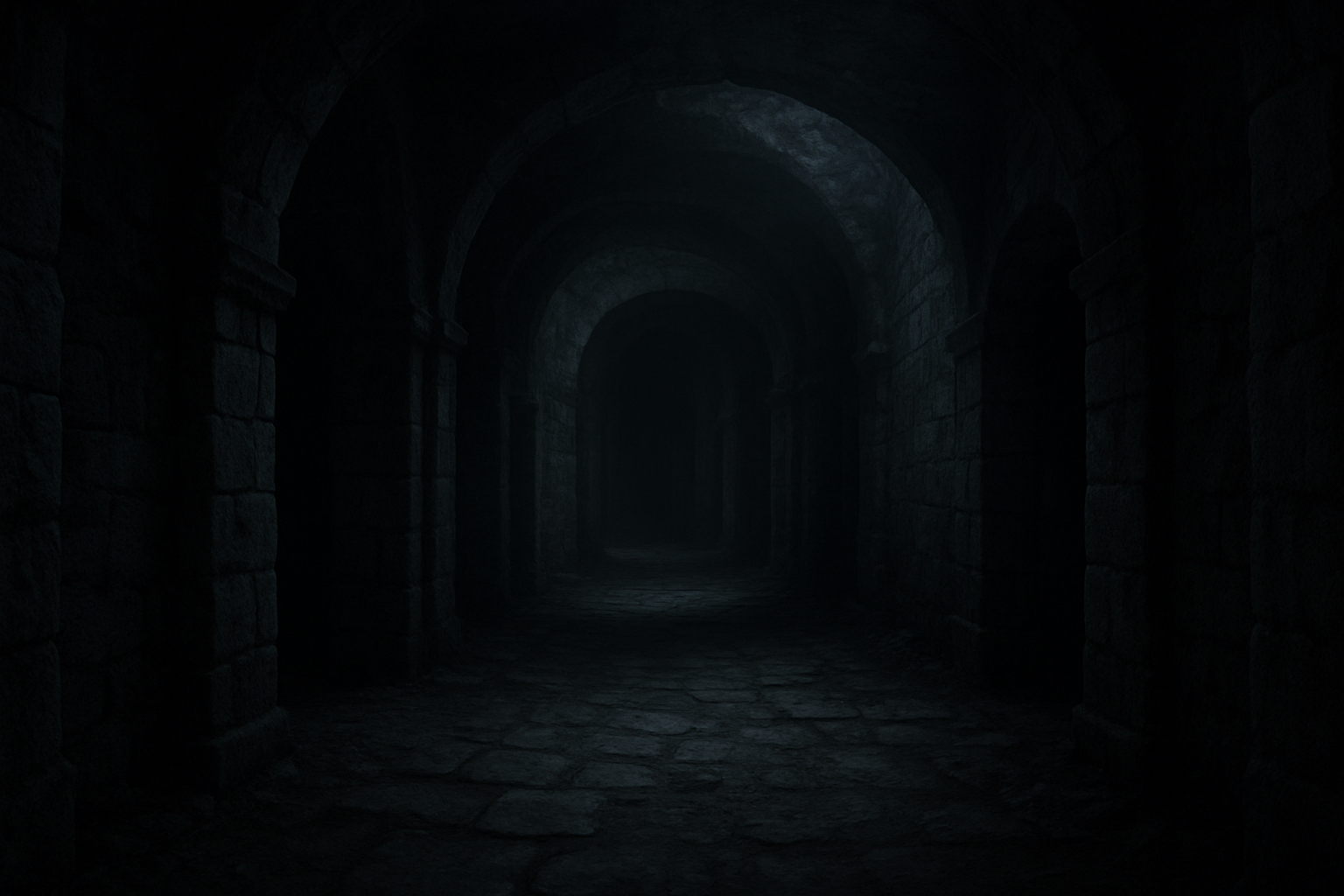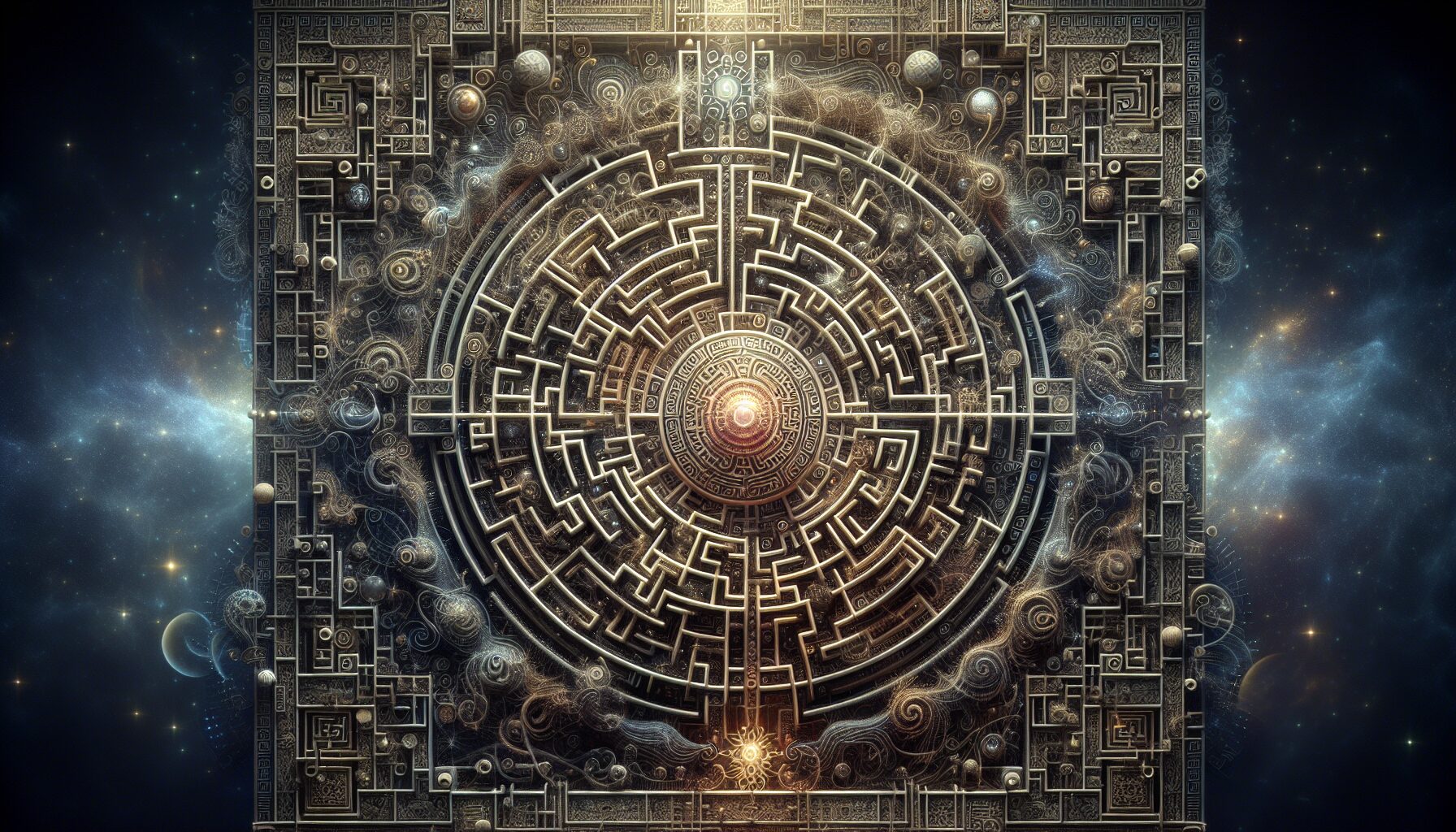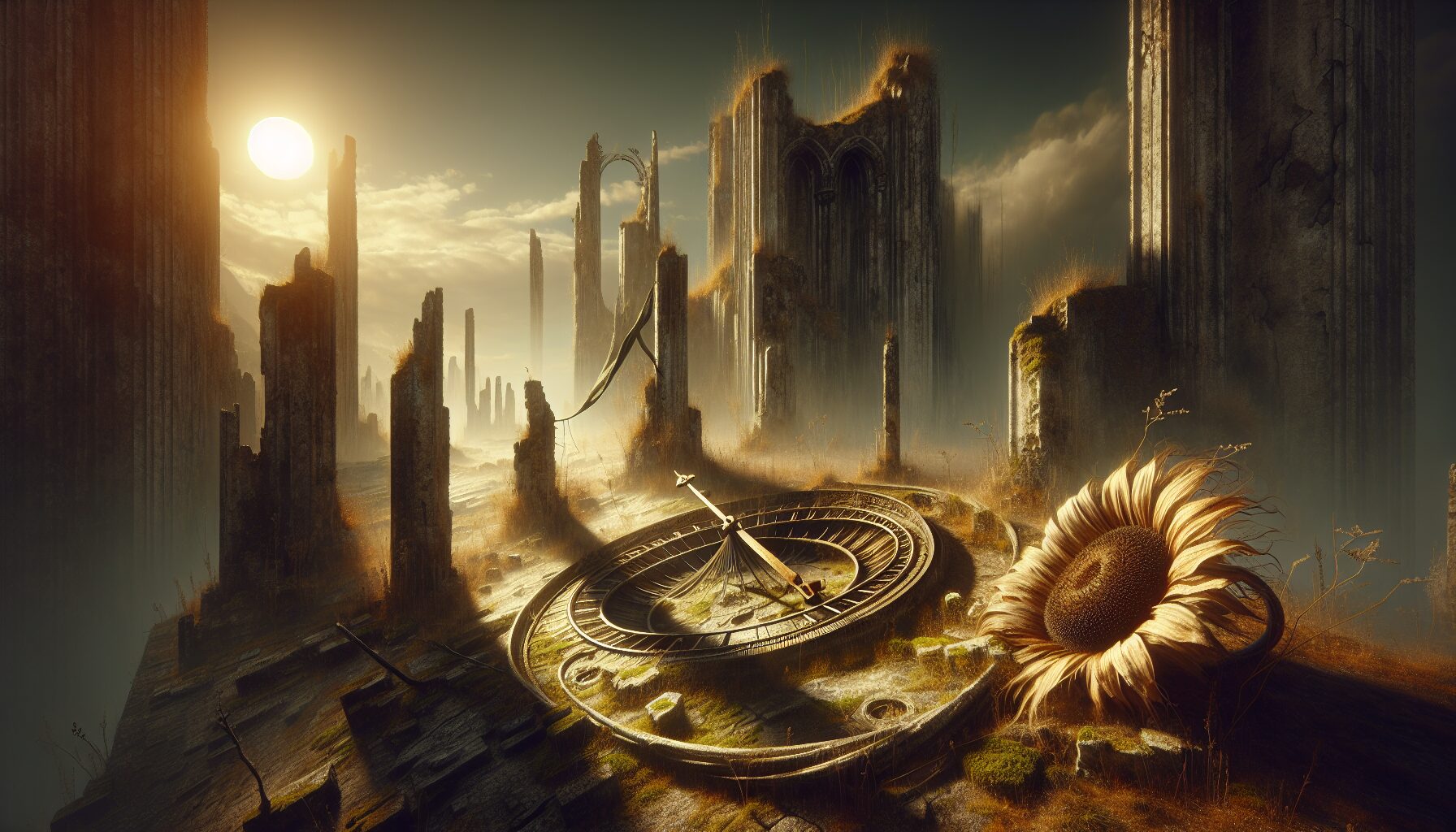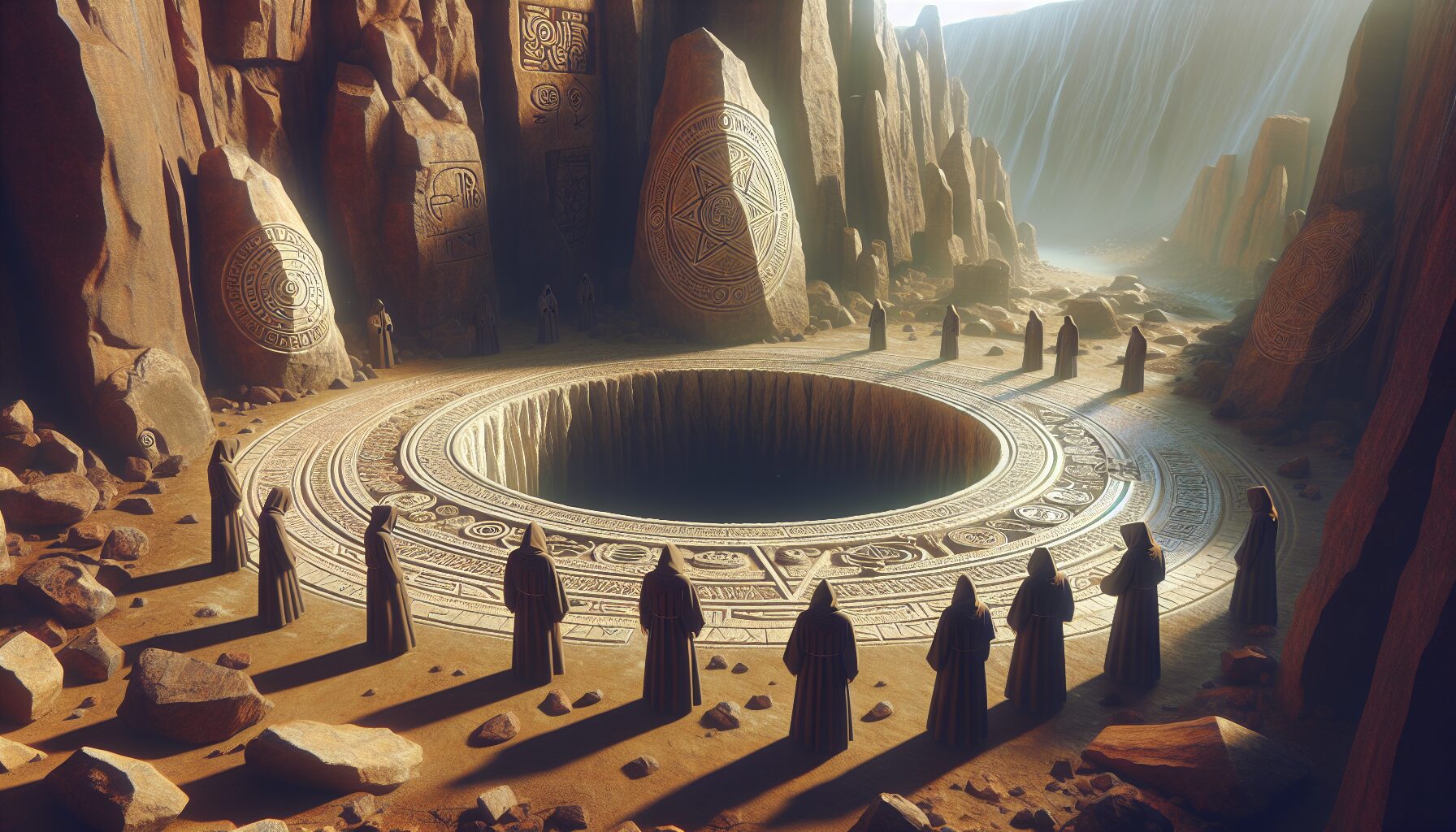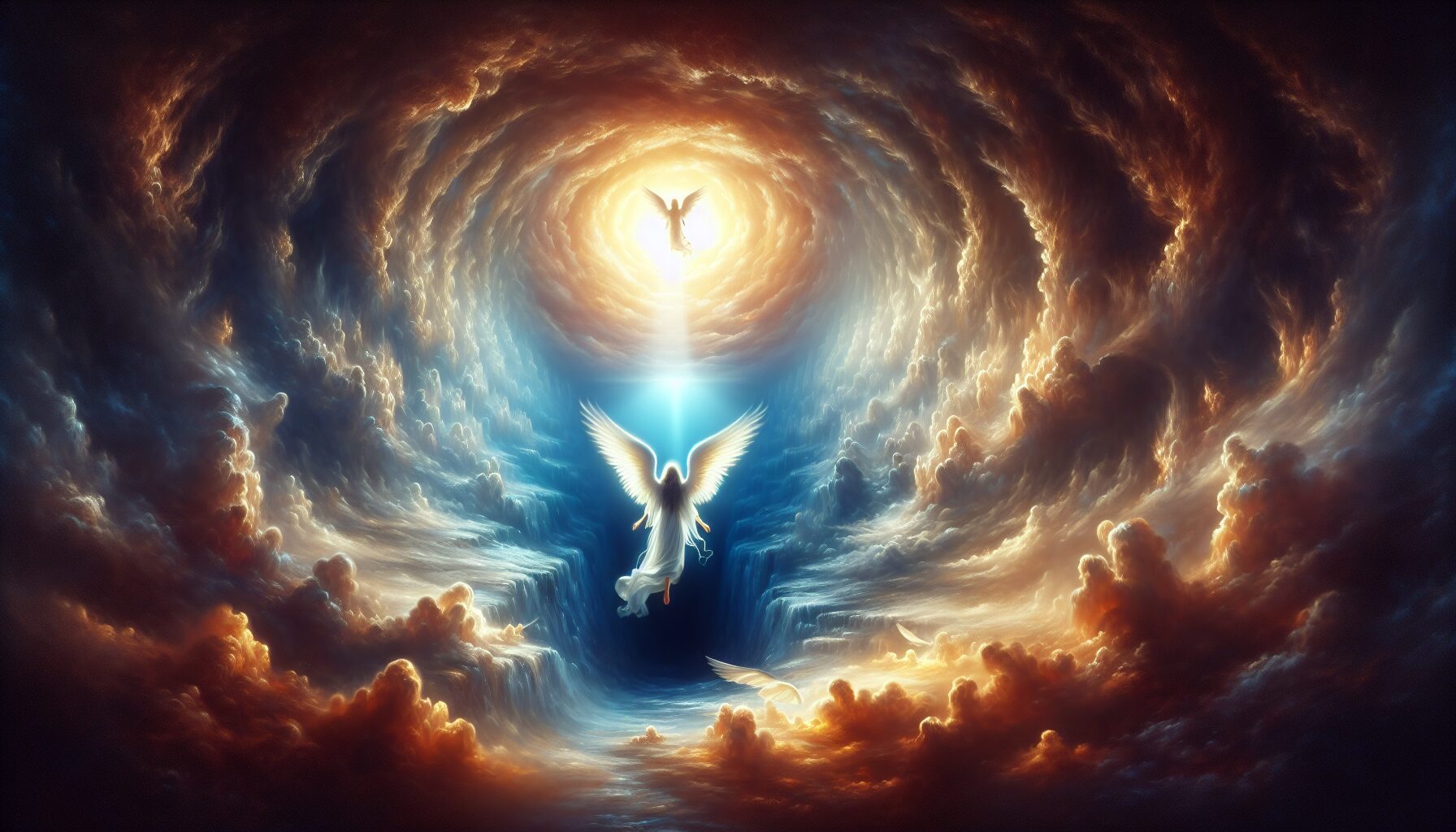The cosmos is a vast, enigmatic expanse that has intrigued humanity for centuries. From the swirling spirals of galaxies to the silent spaces between celestial bodies, the abstraction of the cosmos often draws parallels with the human mind, where emptiness and potential coexist. This article delves into the concept of emptiness in both space and mind, exploring how they reflect and inspire one another.
The Vast Emptiness of Space
Outer space, the final frontier, is often perceived as a cold, empty void. However, this conception is both true and misleading. According to NASA, space is not entirely devoid of matter. It is teeming with dark matter and dark energy, making up about 27% and 68% of the universe, respectively. The remaining 5% consists of observable matter — stars, planets, and interstellar dust.
“Though the universe may seem vast and empty, its very structure and expansion are dictated by invisible forces, unseen and unknown, yet undeniably influential.”
In this apparent emptiness, cosmologists have discovered the cosmic web, a massive network of galaxy clusters and filaments that crisscross the universe, held together by the invisible threads of dark matter. NASA describes this web as the “backbone” of the universe, an elegant framework where galaxies form and evolve.
The Mind’s Abstract Spaces
Like space, the human mind is a complex and mysterious domain. It is a canvas where thoughts, emotions, and memories float, interspersed with gaps of uncertainty and clarity. The concept of emptiness in the mind has long been explored by philosophers and psychologists. It is in these abstract voids that creativity and self-discovery often germinate.
In Eastern philosophies, particularly in Buddhism, the notion of emptiness (known as Shunyata) is a central theme. Encyclopaedia Britannica describes Shunyata as the “absence of intrinsic nature” in all things, signifying a potential for growth and transformation.
“Embracing emptiness allows for the dissolution of ego-centric views and the understanding that everything is interconnected, dynamic, and ever-changing.”
Bridging Space and Mind
The parallel between the cosmos and the mind is not merely metaphorical. Neuroscientists are discovering that the human brain operates in a manner akin to the cosmic web. Dr. Karl Friston, a leading neuroscientist, posits that our brains are “prediction machines,” constantly forming and revising internal models of the world, connecting disparate thoughts much like galaxies in a web of synapses.
A study published in Frontiers in Computational Neuroscience explores how large-scale brain networks reflect the structural patterns of the universe. The study suggests that the interconnections in the brain resemble the cosmic web, highlighting a shared architecture between minds and galaxies.
Emptiness as Potential
In both cosmos and mind, emptiness is not to be feared but embraced. It is a fertile ground for discovery and creativity. Just as physicists continue to uncover the mysteries of dark matter and energy, the exploration of mental spaces allows individuals to tap into their cognitive and emotional depths.
Living in a world fraught with information and distractions, finding emptiness — a mental space free from noise — is invaluable. Practices such as mindfulness meditation provide pathways to achieve this emptiness, enhancing mental health by fostering stillness and clarity.
Conclusion: Embracing the Void
The abstraction of the cosmos as a realm of emptiness is a powerful metaphor for the mind’s own ability to create, reflect, and transform. Just as astronomers seek to understand the fabric of space, individuals strive to comprehend their inner landscapes. By embracing the void — both external and internal — we unlock the potential of the unseen and the unknown.
The journey through these abstract realms, laden with both emptiness and infinity, reveals the harmonious symmetry of the universe and the mind, where emptiness is not the end but the beginning.

